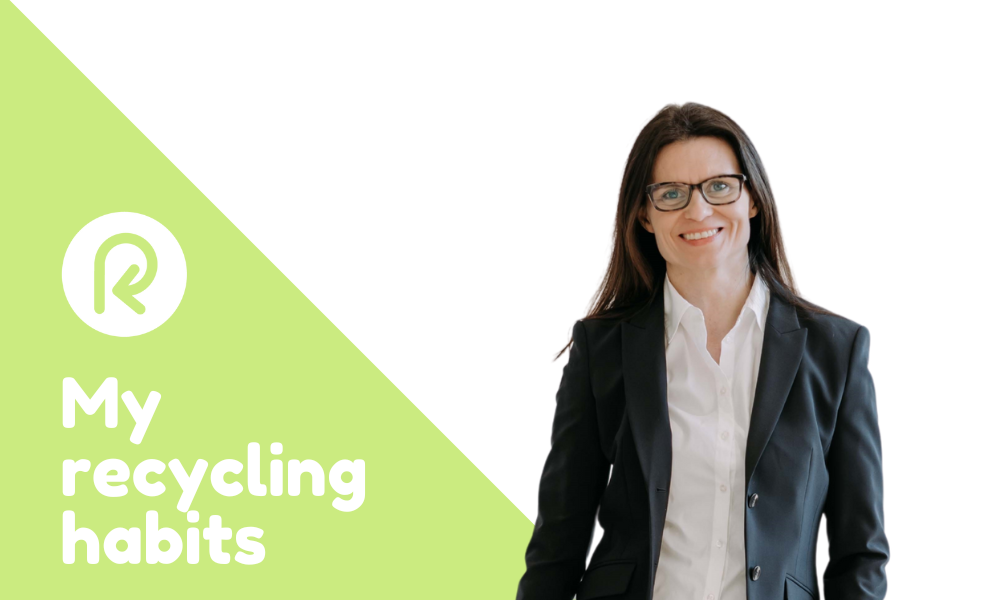My recycling habits: “I recycle as much as I reasonably can”

What are your sorting habits like?
I’m probably a more pedantic recycler than the average person, as I try to practise what I preach. I recycle household waste and other types of waste as much as I reasonably can.
What kind of packaging do you sort for recycling at home?
I try to sort all types of packaging, i.e., cardboard, paper, glass, metal, plastic and biowaste. I take hazardous waste to a Sortti station.
How do you sort and recycle your packaging waste?
I have separate collection bins for different types of waste. For example, I use a Rinki bag with compartments for metal and glass. There is so much plastic packaging waste that I collect it in a plastic bag. I tie the bag loosely so that different types of plastic can be easily separated during sorting. I think recycling needs to be easy and that waste bins should be close by to avoid the temptation of throwing things into mixed waste that don’t belong there.
How long have you been recycling your packaging waste?
My family recycled when I was a child, for example newspapers were bundled with a string and taken to the paper collection. I recycle even more now as my awareness has increased. Recycling is also easier for me now that I live in a flat and the waste bins are close by.
What else do you recycle at home, besides packaging waste?
Textile fibres, hazardous waste and dangerous substances, such as batteries. I try to sell the clothes I no longer wear, but I rarely get rid of clothes. I try to buy high-quality, sustainable pieces and avoid fast fashion. For these reasons, I produce very little textile waste. Occasionally, I take textile fibre goods for recycling.
Have there been any challenges in sorting?
Generally speaking, I think the biggest challenge for people is that it’s difficult to determine the material of some packaging by touch. One example is yogurt cups; it’s not always easy to tell whether the material is plastic, cardboard, plastic coated with cardboard or two types of plastic layered together. I completely understand that recycling is challenging in such cases. Another example is packaging with a plastic bottom and a paper top, such as for tortilla wraps. This can be difficult for me to sort, and I sometimes check the correct sorting method using Google. I suspect that many people are not ready to put in the effort to find the correct sorting method online, so all packaging should include instructions.
What’s your tip for sorting?
My number one tip is that plastic packaging does not need to be washed; it’s enough to wipe it clean or drain the liquid. The most important thing is to avoid putting plastic packaging waste into mixed waste.
Secondly, I’d say that recycling bins should be easy to access at home, so that you don’t avoid recycling just because you can’t be bothered to put waste in the bin. Cardboard packaging can be confusing if it looks like paper. The rule of thumb is that if it’s packaging, it’s almost always recycled with cardboard, even if it looks like paper. For example, bags for bakery products and paper bags are recycled with cardboard.
WHO?
Outi Oravainen
Packaging designer, owner and entrepreneur at Design Company
Has worked with packaging design since 1996, both as an AD at a design studio and in a large industrial company before becoming an entrepreneur.